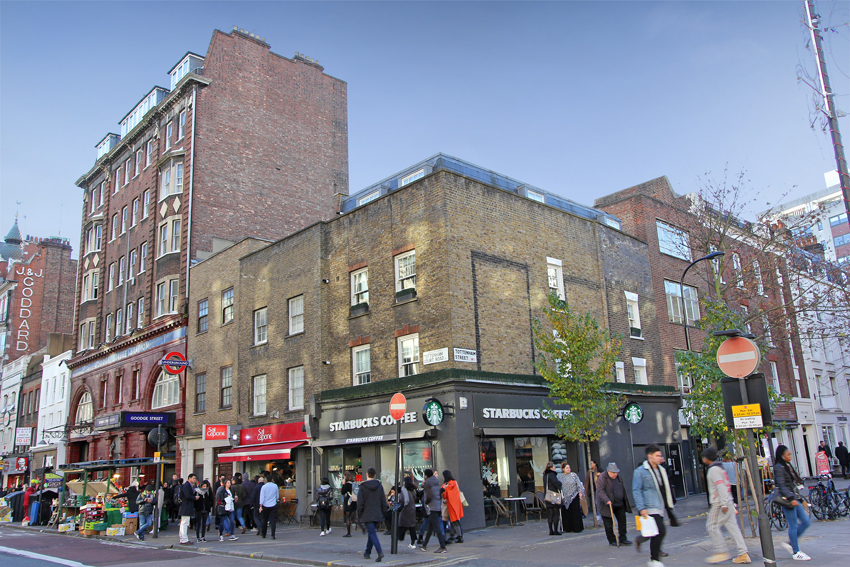BTR market growth mirrors a cultural shift. House prices and the typical cost of living have both increased exponentially in the last two decades, meaning that the concept of ‘settling down and starting a family’ seems out of reach to many would-be home buyers. It has coincided with more young people deciding to focus on their careers and securing a high salary before buying a home and starting a family.
This has built a market of affluent young professionals who value flexibility and significant downtime to balance busy workdays. With the majority being university educated, having a home that provides the social aspects of student residence – with a more refined, luxurious living experience – is seen as highly alluring.
Millennial-friendly features have become standard necessities in BTR projects. The generation recognised for their focus on health and well-being is catered for with on-site functional training gyms, and proximity to various cafes and restaurants. The same goes for the importance of creating an abundance of green space, which has been frequently linked to improving mental and physical health.
Millennials are used to highly stylised backgrounds. Their favourite venues and establishments are all massively branded and perfectly aesthetic. If a BTR development can create instantly recognisable apartments, which are contemporary, convenient, and allow residents to make small personal touches, they become a valuable marketing tool.
Build-to-rent boom has continued to drive significant new housing supply across the UK, according to the latest data published by the British Property Federation (BPF). According to a Strawberry Star research, there were 157,512 build-to-rent homes – new, high-quality and professionally-managed homes built for renters – complete, under construction or in planning across the UK by March-end 2020. This is a 12 percent annual jump against the same period the previous year.
The findings revealed that between the first quarter of 2019 and the first three months of 2020, the number of completed build-to-rent (BTR) homes rose by 42 percent, the number under construction decreased by 11 percent and the number in planning jumped by 12 percent.
While professional investment firms typically finance BTR and manage the development for the long term, the research shows that the local developers are currently responsible for building 28 percent of the market. UK housebuilders (27 percent), major UK developers (17 percent), contractors (14 percent), registered providers (9 percent), and major international developers (3 percent) account for the UK BTR market.
The number of BTR homes completed in London increased by 29 percent by March 2020 to reach 20,770 units. As many as 16,823 units are under construction, 37,299 are in the planning stage.
Outside of London, the sector continues to see a significant rise in the number of homes completed with a jump of 58 percent in the last 12 months across the regions. The number of BTR homes completed in the regions was 22,466 by March 2020. While 16,682 are under construction, 43,472 are in the planning stage. With many Millennials and their younger Gen Z counterparts no longer seeing the value in homeownership, one must wonder if the BTR model might be the perfect fit for the next generation.



